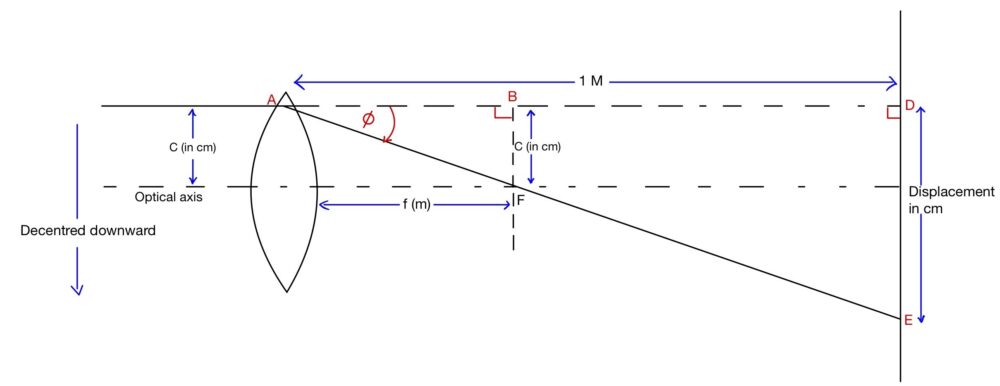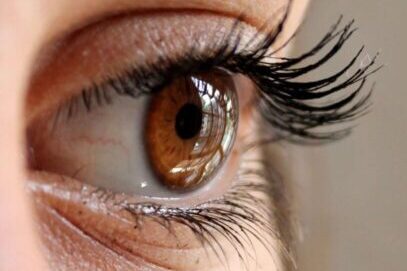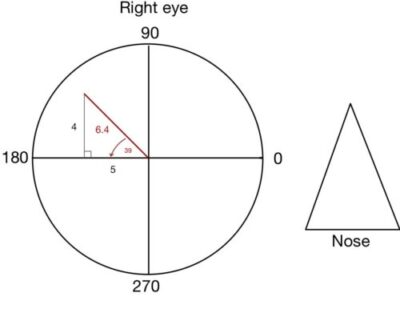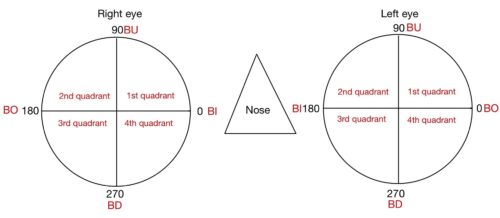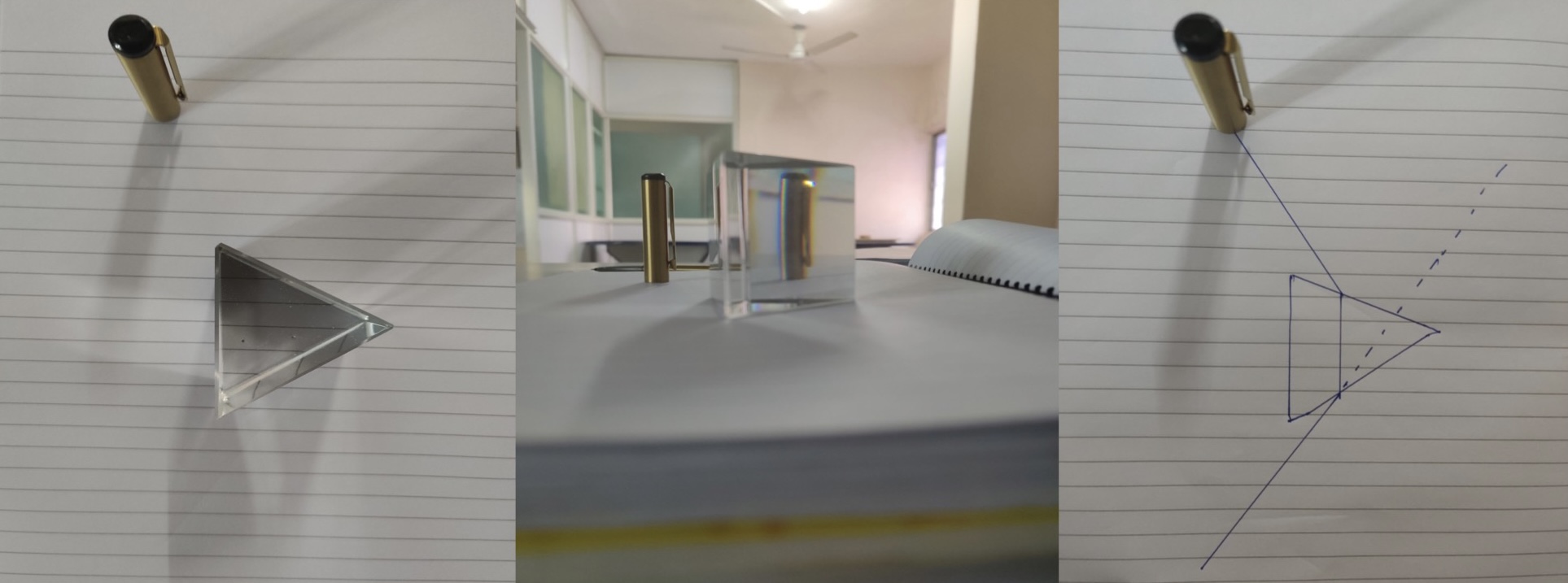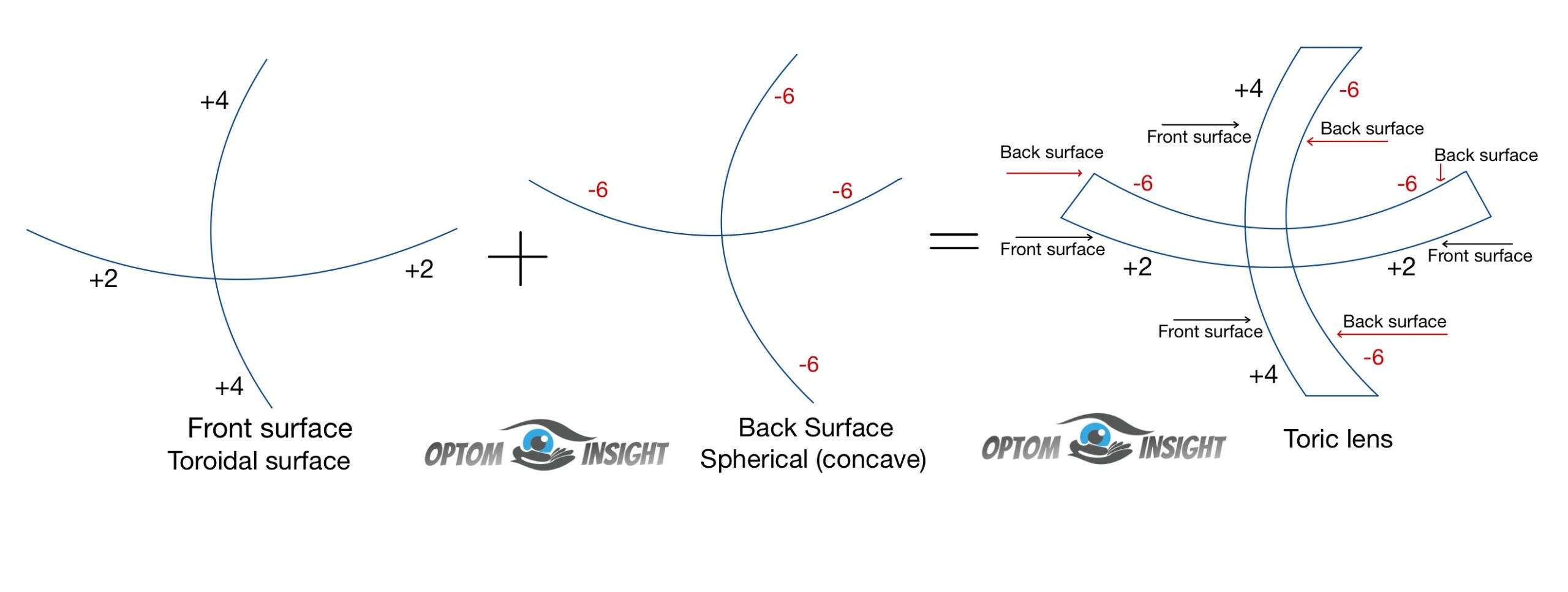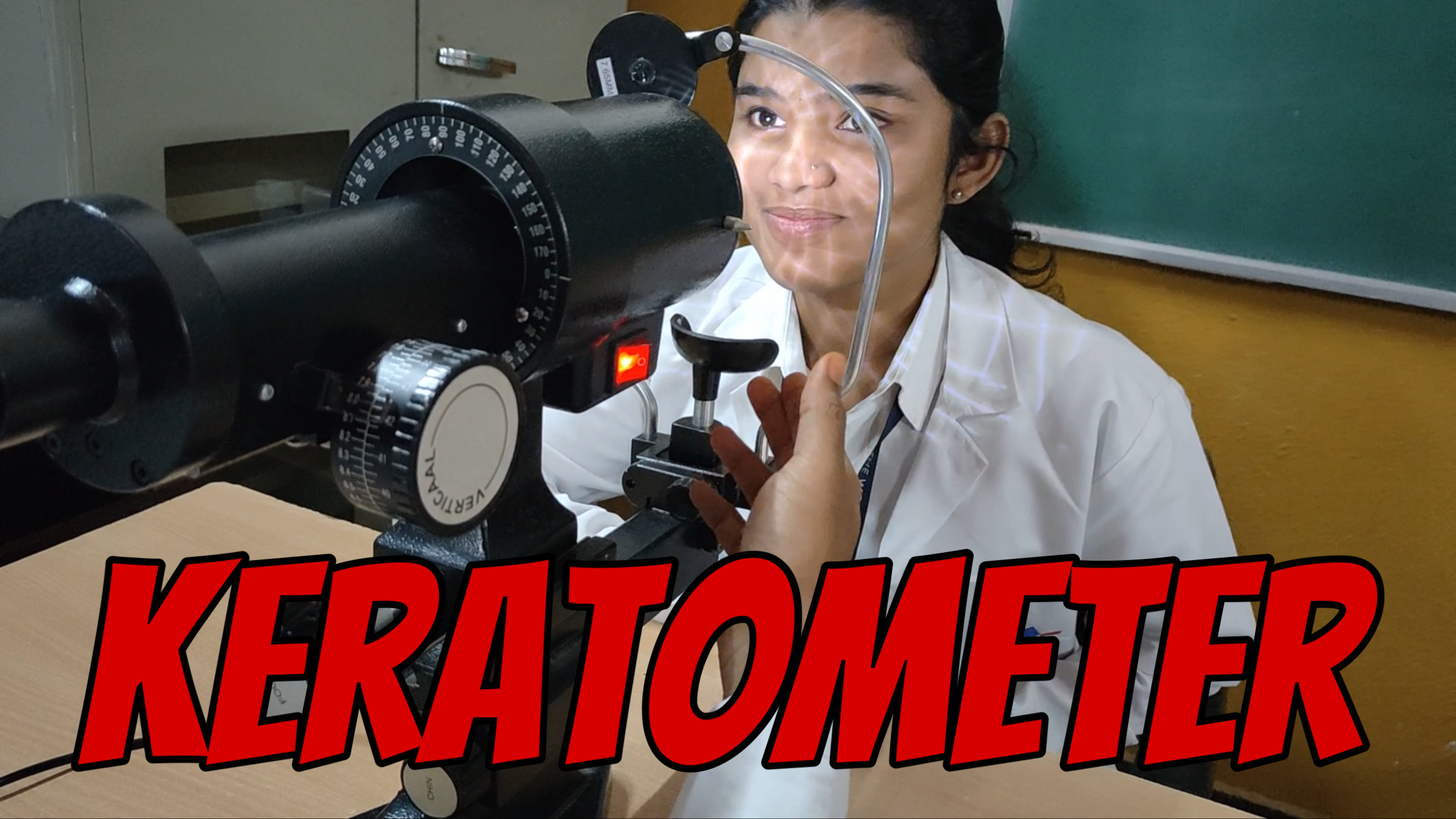Prentice’s Rule
Prism power Prism power is the amount of light displaced in centimetres at a distance of 1m away from the prism or lens. Prism power is denoted by Δ Δ = Image displacement in centimetre / 1 Meter Suppose a plus lens is decentred downward. The parallel ray instead of passing through the optical centre … Read more

